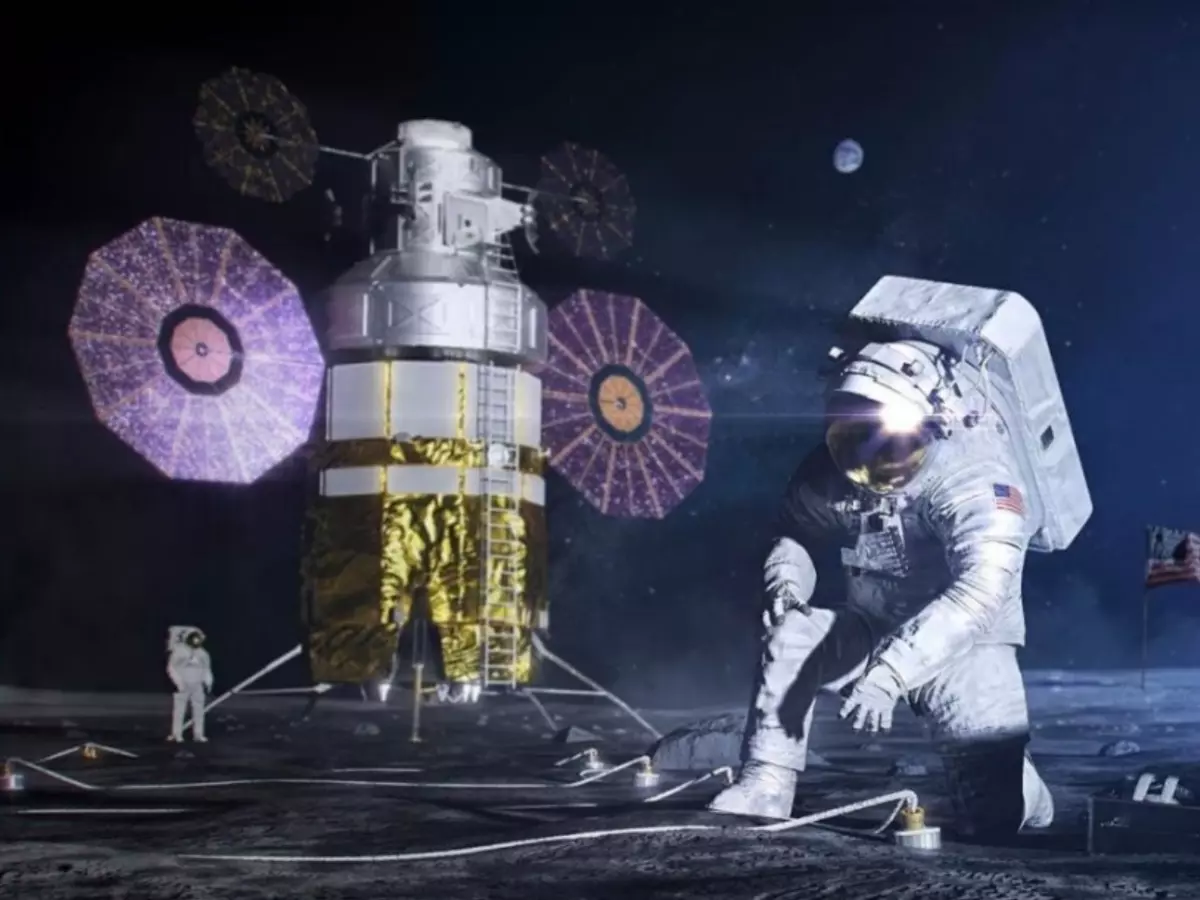NASA Shows Design Of 1st Ever Human Base Camp On Moon, As It Prepares For 2024 Lunar Mission
Under its Artemis program NASA is set to repeat its historic achievement of sending humans to the Moon Set for 2024 the mission might be facing some delays from its original schedule due to the ongoing Coronavirus pandemic. However NASA is still amidst preparations having released a report on how it plans to build a base on the moon.

Under its Artemis program, NASA is set to repeat its historic achievement of sending humans to the Moon. Set for 2024, the mission might be facing some delays from its original schedule due to the ongoing Coronavirus pandemic. However, NASA is still amidst preparations, having released a report on how it plans to build a base on the moon.
A new 13-page report put forth by NASA explains how the US space agency plans to build on its human spaceflight plans. Currently in practice for the International Space Station, the Artemis will further be worked upon to enable the human revisit to the moon in 2024 and the first manned mission later.
 A concept image of NASA's lunar manned mission (Image: NASA)
A concept image of NASA's lunar manned mission (Image: NASA)
An important part of these manned missions is to establish base camps and daily operations on the camp sites selected on Earth¡¯s planetary neighbours. Before the Mars mission, NASA plans to practice the same on the Moon. A plan for a ¡°sustained lunar surface presence¡± to ¡°conduct operations on and around the Moon that help prepare us for the mission durations and activities that we will experience during the first human mission to Mars¡± has now been shared by NASA.
As per it, NASA will develop Artemis Base Camp at the South Pole of the Moon. Astronauts could spend anywhere between 7 and 45 days on the surface of the moon. The three primary mission elements have been identified as the lunar terrain vehicle or LTV to transport the crew around the site; the habitable mobility platform for long trips away from Artemis Base Camp and the foundation surface habitat for short-stays for four crew on the lunar South Pole.
NASA also plans to add supporting infrastructure to the base camp over time such as power, communications, radiation shielding, a landing pad, waste disposal, and storage planning. These elements will have a sustained capability on the Moon and can be built upon over the coming decades. Only recently, a team of European researchers have found out how the urine of astronauts can be used to in the concrete of certain structures. Click here to know how.
 (Image: NASA)
(Image: NASA)
Once such a setup on the moon is established, NASA also aims it to serve as a training ground for the astronauts to simulate their trip to and from Mars. For this, NASA envisions a four-person crew travelling to the Gateway, an expansion of habitation and related support systems, in the lunar orbit. The astronauts can then switch between living on the surface of the moon to being at the Gateway.
These missions will be the longest duration human deep space missions in the history of mankind. As an when NASA proceeds with them, these missions are set to have several factors that will expand humans¡¯ knowledge of the deep space and how it alters the regular everyday survival practices known to mankind.
